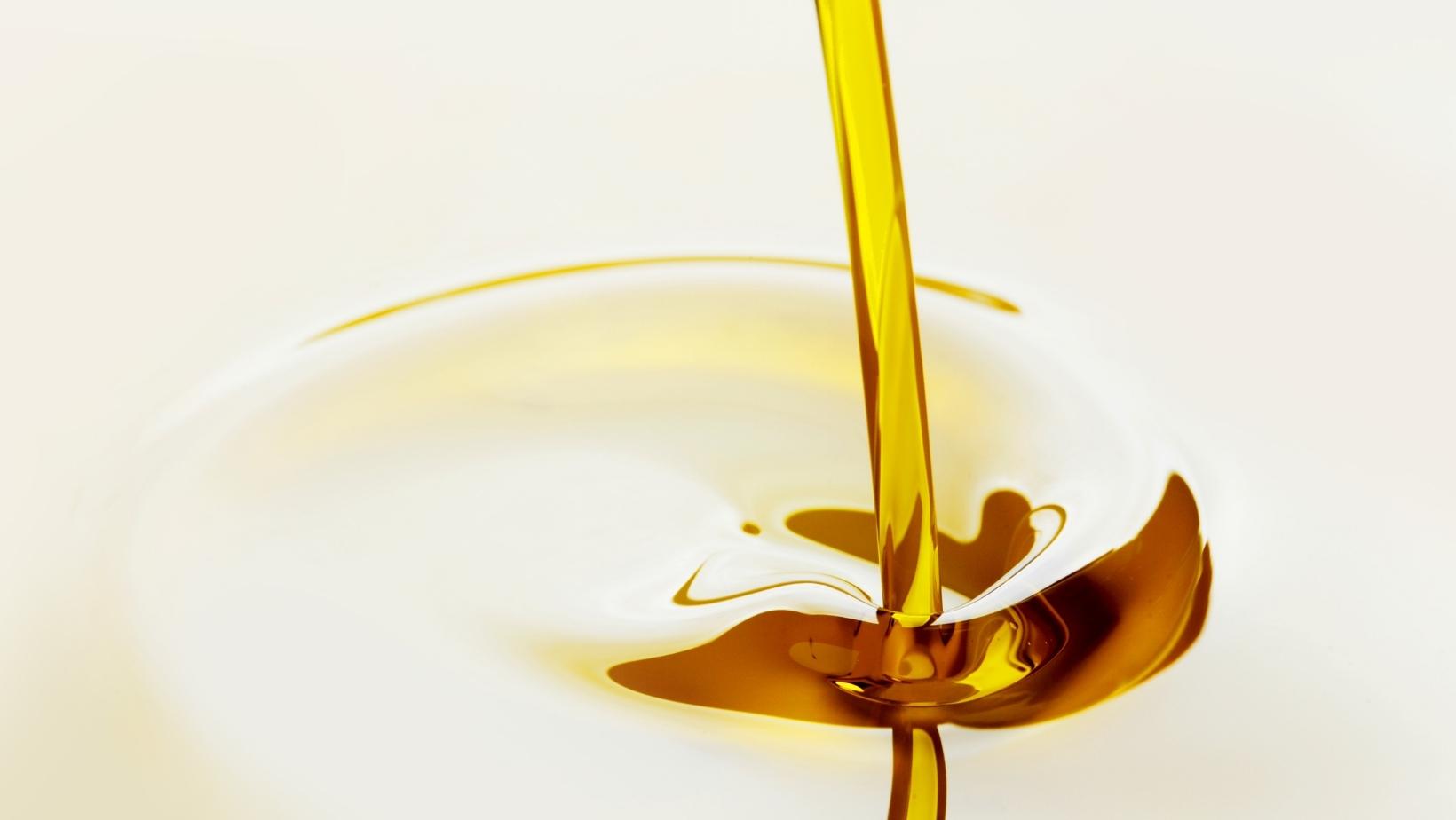Mustard oil is a zesty-flavored, aromatic oil added to cuisines all over the world. Particularly for its heart-healthy and medicinal properties. Along with this, the cold-pressed mustard oil is effective for weight loss.
The first mustard production in the subcontinent dates back to 3000 BC. Where Hippocrates utilized mustard seeds to prepare medicine and Pythagoras used them for treating scorpion stings.
On top of being a healthier substitute for refined oils, people consume mustard oil for weight loss.
And the best part is that this healthy alternative is already used in Indian households.
To read our latest and more detailed analysis of Mustard Oil, please Click Here.
In fact, Mustard seeds are value-packed seeds containing rich amounts of B-complex vitamins such as riboflavin and niacin. These ingredients are responsible for boosting metabolism and helping you lose weight faster.

Nutritional Potency of Mustard Oil
Mustard oil is extracted by cold pressing or grinding mustard seeds. Cold-pressed mustard oil for weight loss is most effective as its vital nutrients aren’t lost to heating.
Mustard oil is rich in good fats i.e., 64% monounsaturated fats, and 23% polyunsaturated fats. These are heart healthy as they do not stick to arterial walls. But it contains as less as 13% of saturated fats.
Moreover, mustard oil delivers an almost perfect balance of omega-3 and omega-6 fatty acids. A tablespoon of mustard oil has only 120 calories but 803mg of omega-3 and 2089mg of omega-6 fatty acids.
Listed below are the 5 health benefits of mustard oil for weight loss:
1. Packed with Healthy Fats
Rarely any oil contains minimal trans fats/saturated fats or ‘bad fats’ responsible for weight gain. But mustard oil has a unique composition. It is an excellent source of ‘good fats’ such as polyunsaturated and monosaturated fats. Together, healthy fats make 87% of mustard oil.
A study conducted at Harvard Medical School reveals that monosaturated fats improve heart health while polyunsaturated fats are anti-inflammatory and ease muscle movement. Moreover, these fats wouldn’t make you gain excess fat.
2. Reduce Appetite
Consumption of mustard oil for weight loss leads to diet-induced thermogenesis. It is a process of excess heat production. As per a study published in the book Nutritional Needs in Hot Environments, people have reduced appetite when their body temperature is high.
To read our latest and more detailed analysis of Mustard Oil, please Click Here.
Another cause of reduced appetite is omega-3s in mustard oil. It helps in reducing hunger and appetite in obese people. In fact, with mustard oil as part of your weight-loss diet, you can overcome food cravings and follow the diet plan with ease.
Thus, you end up consuming lesser calories, nearing your goal to lose excess flab.

3. Higher Feeling of Satiety
Mustard oil is a rich source of essential omega-3 fatty acids: alpha-linolenic acid (ALA). ALA is not produced by our bodies and needs to be consumed externally.
Research found that omega-3 fatty acids, especially ALA, promote the feeling of satiety, preventing unwanted food cravings.
In one study, two groups of participants consumed less than 0.3g and more than 1.3g of omega-3 fatty acids every day. The high-omega-3 group reported feeling fuller for longer after meals compared to the other groups.
4. Boosts Fat-Burning
As per a nutritional expert, Ann Louise Gittleman, also a New York Times best-selling author, we should consume the right balance of omega-3 to omega-6 fatty acid ratio, which is 4:1. Mustard oil hits the perfect balance for you. This helps in reducing the chances of heart disease, cancer, and even obesity.
The omega-6s activate brown fat by stimulating mitochondria. This brown fat burns calories to generate heat, leading to weight loss. That’s the reason why your body temperature is a little higher when you consume mustard oil for weight loss, or even massage it onto the body.
5. Supercharge Metabolism
When mustard oil is cold-pressed, it retains vital vitamins like B complex vitamins (B1, B6, and B12). These vitamins supercharge metabolism and help you drop a few inches fast. B1, being an essential component of mitochondria, converts food into energy. Thus, helping you manage weight.
Final Verdict
Mustard oil for weight loss is an affordable, healthy substitute for refined oils. Look for cold-pressed mustard seed oil to reap the most weight loss and heart health benefits.
To read our latest and more detailed analysis of Mustard Oil, please Click Here.
Mustard oil works by promoting satiety and fat burn, which helps you follow your diet plan and lose extra pounds fast.










